PEM Fuel Cell Stack Cooling System with Non-uniform Heating CFD Simulation – ANSYS Fluent Tutorial
PEM Fuel Cell Stack Cooling System with Non-uniform Heating CFD Simulation – ANSYS Fluent Tutorial
- Upon ordering this product, you will be provided with a geometry file, a mesh file, and an in-depth Training Video that offers a step-by-step training on the simulation process.
- For any more inquiries regarding the product, please do not hesitate to reach out to us at info@CFDLAND.com or through our online support assistant.
€150.00 Original price was: €150.00.€125.00Current price is: €125.00.
Are you struggling with PEM fuel cell cooling challenges? Fuel cell stack cooling systems are critical for maintaining optimal performance in PEMFC (Proton Exchange Membrane Fuel Cell) applications. This ANSYS Fluent tutorial shows you how to set up a complete CFD simulation of a PEM fuel cell cooling system with realistic non-uniform heating conditions. Thermal management is one of the biggest challenges in fuel cell stack design, as excessive temperatures can severely damage the delicate membrane electrode assembly. Using ANSYS Fluent for PEMFC cooling simulation lets engineers test different cooling channel designs without expensive prototyping. The water cooling system commonly used in PEM fuel cell stacks must handle the heat generation that varies across different areas of the cell. This fuel cell CFD tutorial walks through the entire process of modeling coolant flow through a fuel cell cooling plate with non-uniform heat flux conditions. Whether you’re designing a small portable PEMFC system or a large fuel cell stack for vehicles, mastering cooling system simulation in ANSYS Fluent will help you create more efficient and reliable fuel cell thermal management solutions.

Figure 1: PEM Fuel Cell Stack Cooling System schematic
Simulation Process
For this CFD simulation, a detailed cooling channel was created using a structured grid comprising 5,334,816 cells to ensure high numerical accuracy. The channel material was specified as steel to accurately represent real-world PEMFC cooling system properties. A custom UDF (User-Defined Function) was implemented to apply non-uniform heat flux throughout the domain, simulating the realistic operating conditions of a PEM fuel cell stack where heat generation varies across active areas.
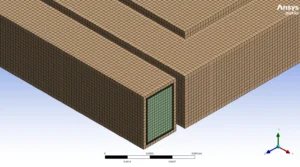
Figure 2: Structured grid produced for cooling system of PEMFC
Post-processing
The velocity streamlines visualization reveals complex coolant flow patterns throughout the cooling channels. The color mapping shows velocities ranging from 0 m/s (blue) to 0.167 m/s (red), with most of the flow maintaining moderate velocities (yellow-green) around 0.08-0.12 m/s. The spiral flow pattern is clearly visible at each corner of the cooling system, which helps prevent stagnation zones where heat could build up. These vortices enhance heat transfer by promoting mixing and increasing the contact time between the coolant and channel walls. The highest velocities (red streamlines) occur primarily at the inner corners of the channel, which is exactly where we want increased flow to manage potential hotspots in the fuel cell stack.
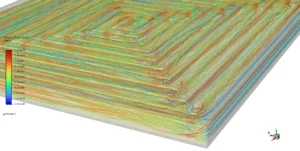
Figure 3: Stagnation regions in the cooling system corners
The temperature contour map shows how effectively the cooling system handles the non-uniform heating conditions. The coolant temperature gradually increases from the inlet (340K, blue) to around 350K at the outlet (red-orange regions). The spiral pattern in the temperature distribution matches the flow pattern, with cooler temperatures maintained throughout most of the channel. The concentric temperature rings indicate that the coolant flow effectively absorbs heat from the channel walls as it progresses through the system. This even temperature spread is crucial for PEMFC performance since it prevents thermal stress and degradation of membrane electrode assemblies. The maximum temperature difference of approximately 10K between inlet and outlet demonstrates that the cooling channel design efficiently manages heat removal while maintaining temperatures well below critical thresholds that could damage fuel cell components.
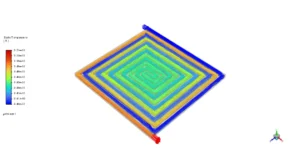
Figure 4: Temperature pattern inside PEMFC cooling system
We pride ourselves on presenting unique products at CFDLAND. We stand out for our scientific rigor and validity. Our products are not based on guesswork or theoretical assumptions like many others. Instead, most of our products are validated using experimental or numerical data from valued scientific journals. Even if direct validation isn’t possible, we build our models and assumptions on the latest research, typically using reference articles to approximate reality.
Yes, we’ll be here . If you have trouble loading files, having technical problems, or have any questions about how to use our products, our technical support team is here to help.
You can load geometry and mesh files, as well as case and data files, using any version of ANSYS Fluent.
€190.00 Original price was: €190.00.€125.00Current price is: €125.00.

€295.00 Original price was: €295.00.€175.00Current price is: €175.00.

€200.00 Original price was: €200.00.€115.00Current price is: €115.00.

€120.00 Original price was: €120.00.€65.00Current price is: €65.00.

€245.00 Original price was: €245.00.€199.00Current price is: €199.00.

€200.00 Original price was: €200.00.€125.00Current price is: €125.00.


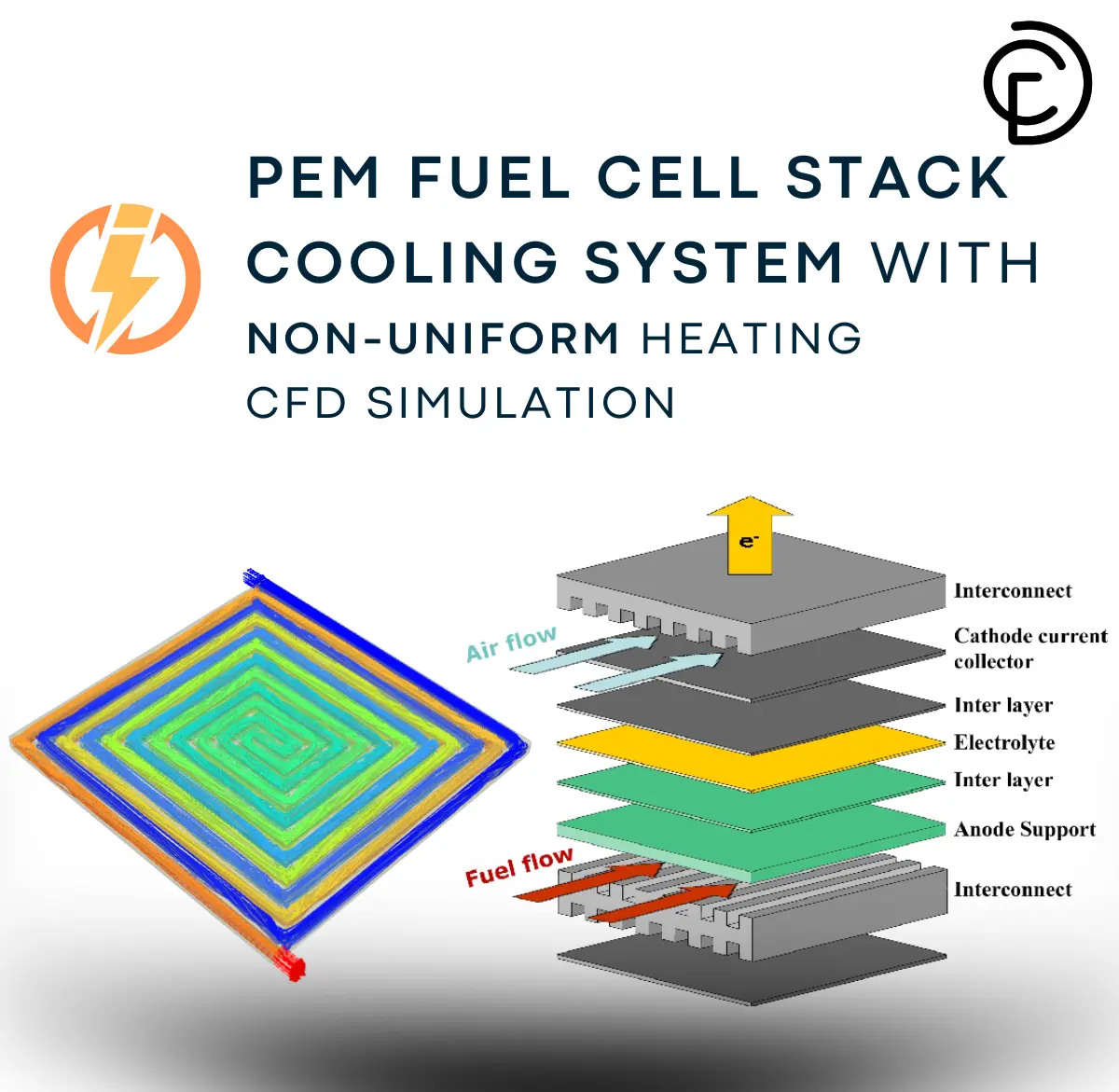
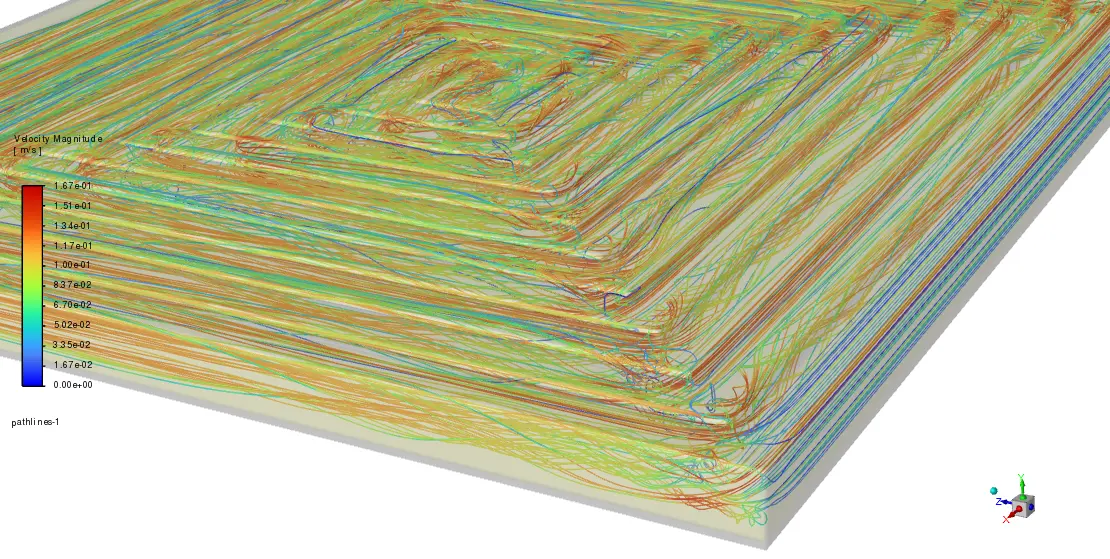
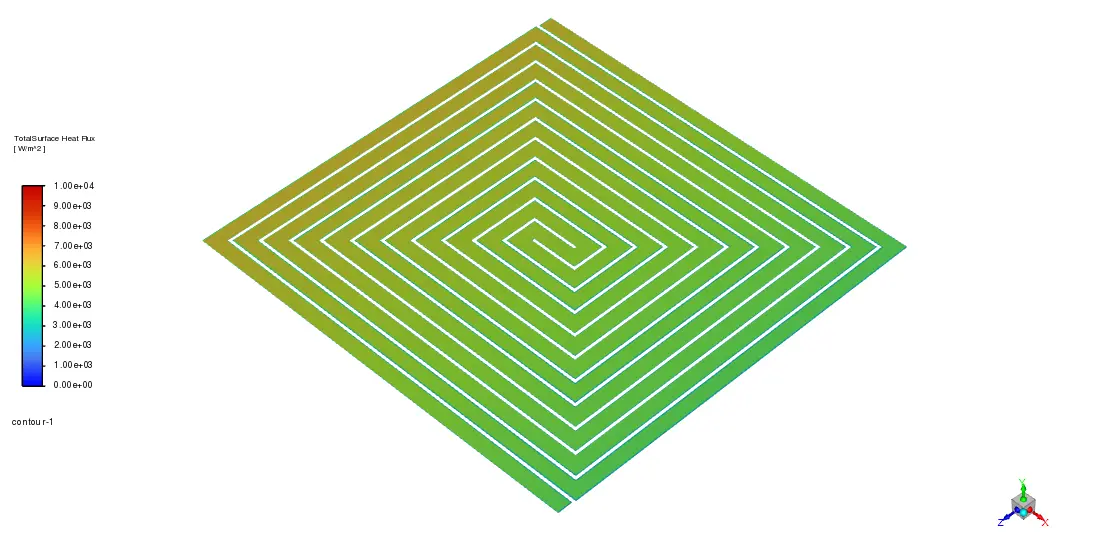
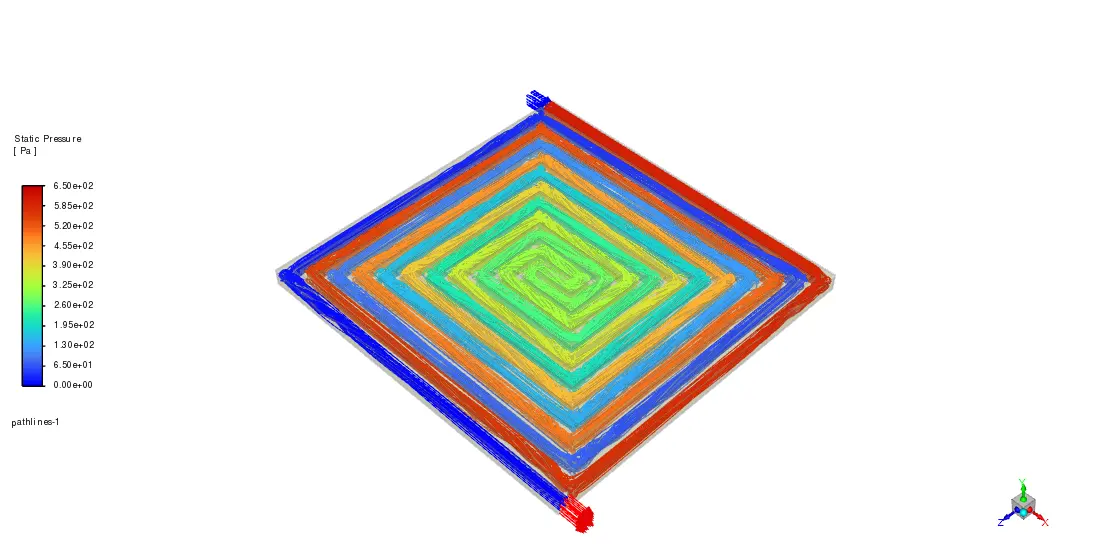
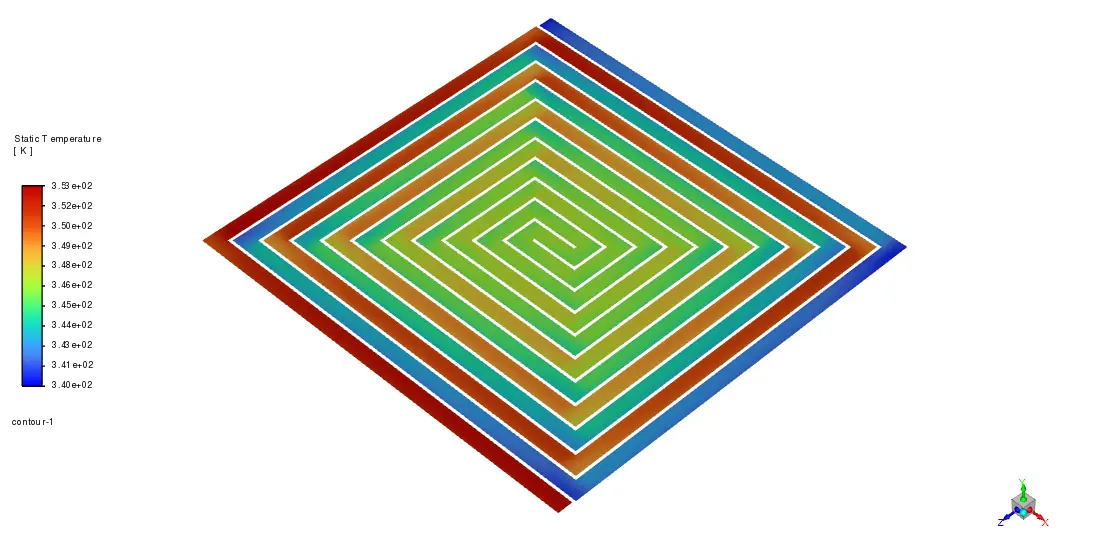
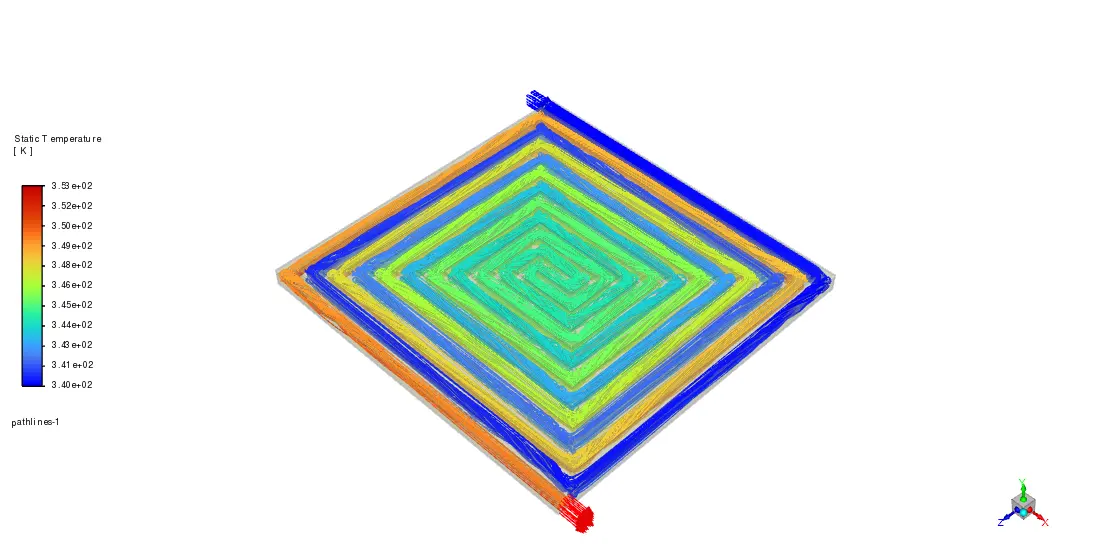
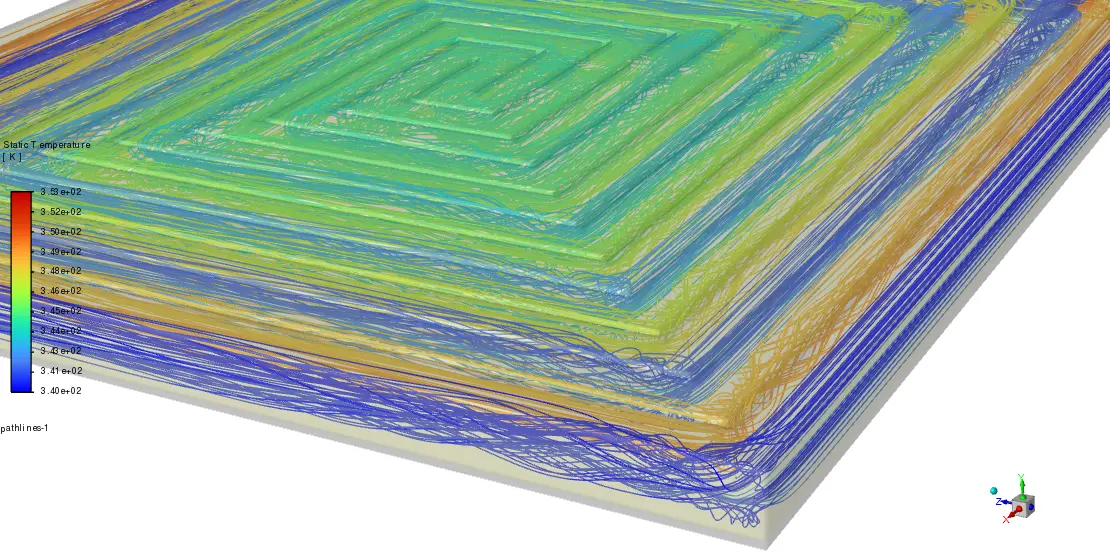










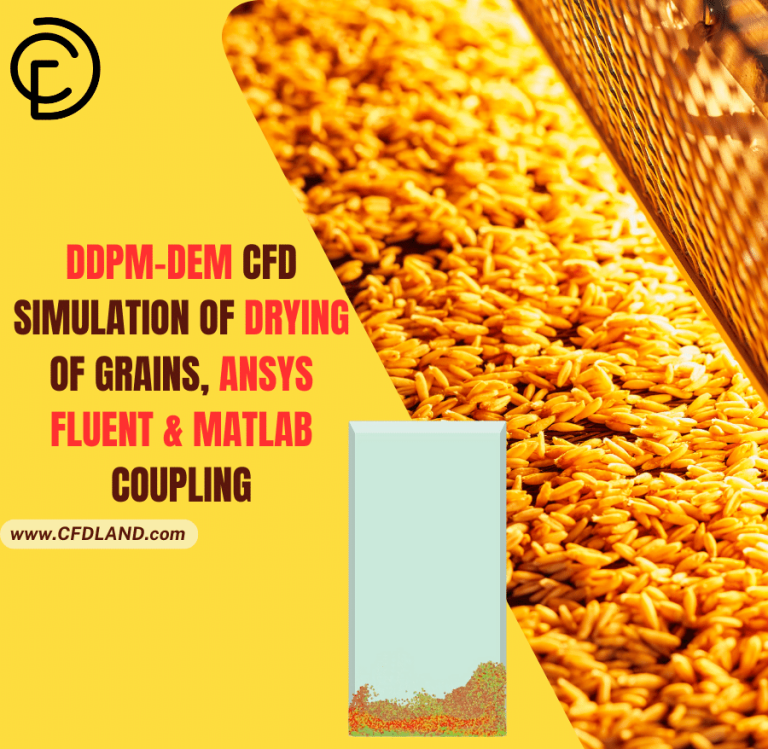

Reviews
There are no reviews yet.